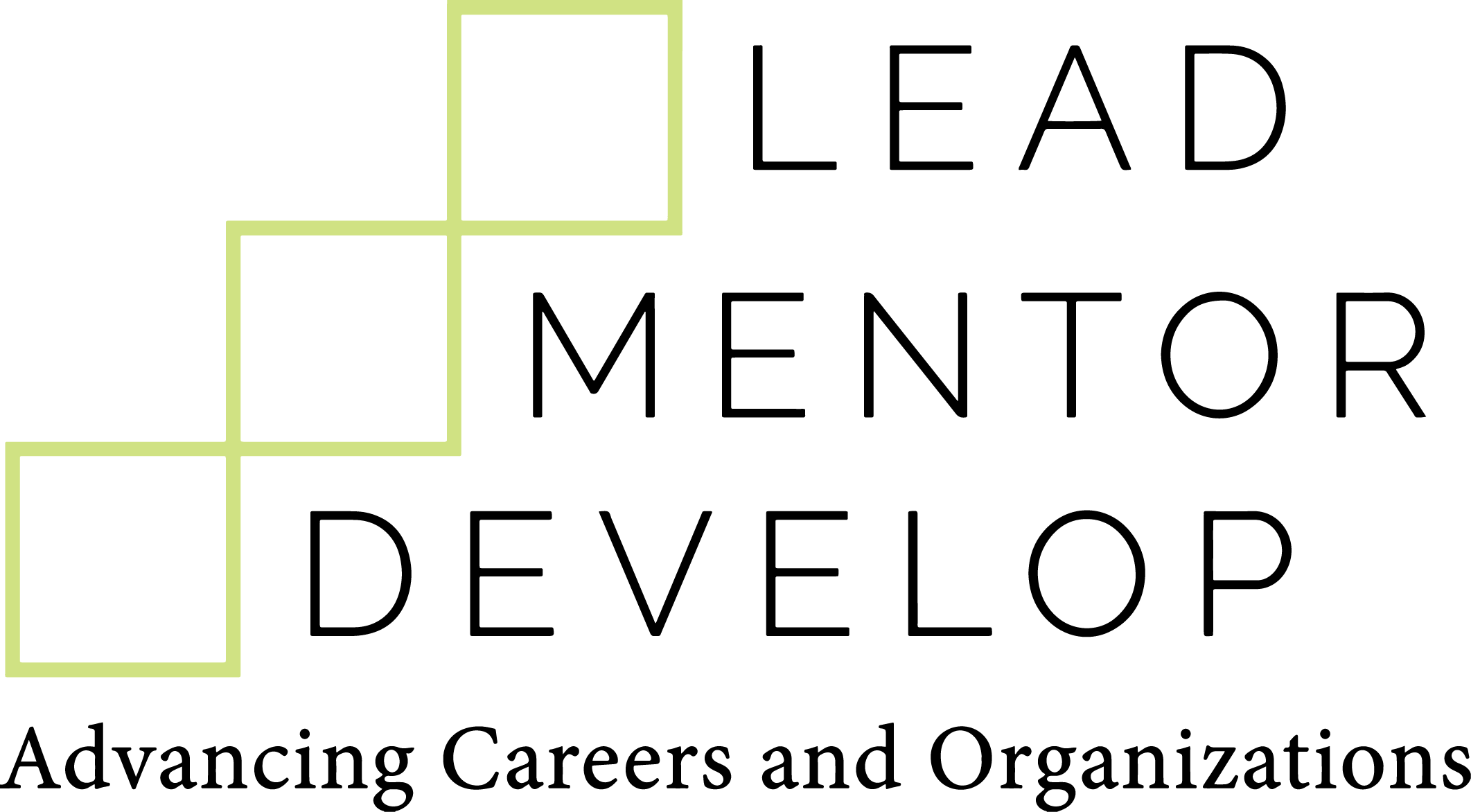When is the Right Time To Make the Switch to Higher Education Leadership?
Stepping into higher education leadership is not a decision to be taken lightly, especially today. With the academy facing political scrutiny, societal upheaval, and rapid shifts in student expectations, leaders must navigate a complicated and often turbulent landscape. Whether you're a faculty member considering a dean’s position or a mid-level administrator weighing a provost role, timing your move into leadership is critical.
Before taking that first step, it’s essential to consider three key criteria: subject matter expertise and experience, opportunities for real change and support, and your capacity for growth.
1. Does My Subject Matter Expertise and Experience Enable Me to Be Successful?
In today's climate, credibility is non-negotiable. Political pressures and calls for accountability have placed academic leaders under a microscope, where expertise isn’t just expected—it’s demanded. Leaders must be fluent in the language of scholarship while possessing a nuanced understanding of institutional operations, student needs, and broader societal trends.
If you have deep knowledge in your field, a strong record of research, teaching, or service, and experience navigating the complexities of higher education governance, you are well-positioned. However, success also depends on emotional intelligence, strategic thinking, and crisis management skills—qualities that are now just as critical as scholarly credentials. Ask yourself: Can I command respect across diverse groups while also managing today's growing external pressures?
2. Do I Have an Opportunity to Effect Real Change and Will I Be Supported to Do So?
Many institutions are at a crossroads. Enrollment patterns are shifting, public funding is volatile, and campuses are often battlegrounds for cultural and political debates. As a potential leader, it’s crucial to assess whether the institution is genuinely committed to transformation—or merely paying lip service to it.
Geographical location plays a role here too. Institutions in politically conservative states, for example, may face legislative constraints that limit academic freedom or DEI initiatives. In contrast, campuses in urban, progressive regions might offer broader support for innovation but bring their own intense pressures for rapid change.
During your candidacy, inquire about board and senior leadership alignment, faculty governance models, and campus climate. Real change only happens when leadership is empowered and supported. Without institutional buy-in, even the most visionary leaders risk becoming figureheads rather than catalysts
3. Will I Be Able to Grow and Evolve in Ways That I Hope as a Result of Taking on This Role?
Finally, leadership should not just be about serving the institution—it should also serve your professional and personal aspirations. Does the role offer opportunities to deepen your skills, expand your influence, and advance your broader career goals?
The answer often varies by institution type. For example, research universities may provide vast networks and policy-shaping opportunities but come with high political stakes and less margin for failure. Community colleges or regional institutions might offer a more nurturing environment for experimentation and personal leadership development.
Moreover, geographical realities can't be ignored. Rural colleges might offer greater autonomy but limited external engagement opportunities. Urban campuses might mean more professional exposure but also heightened competition and public scrutiny.
Before accepting a leadership offer, reflect honestly: Will this position stretch me in meaningful ways? Am I stepping into a role that aligns with who I aspire to be—not just today, but five or ten years from now?
Take the Next Steps
Want to explore making the transition to higher education leadership? Let’s talk. It is as much about timing as it is about personal and institutional alignment. We can help you to step up thoughtfully and confidently.
Author: Vicki Baker


